Going Solo in Japan 16 – TAKAYAMA Last Updated: January 11, 2024
Whenever we were in Kyoto we went to several interesting towns
Takayama is a city in the mountainous Hida region of Gifu Prefecture. To differentiate it from other places named Takayama, the city is also commonly referred to as Hida-Takayama. Takayama retains a traditional touch like few other Japanese cities, especially in its beautifully preserved old town. It ranks as a prime candidate among travelers wishing to add a rural element into their itineraries.
Takayama is a city in Japan’s mountainous Gifu Prefecture.
The southern half of the old town, especially the Sannomachi Street, survives in a particularly pretty state with many old homes, shops, cafes and sake breweries, some of which have been in business for centuries.
Takayama retains a traditional touch like few other Japanese cities, especially it has beautifully preserved old town with beautifully preserved many buildings and whole streets of houses dating back to the feudal ages, It is a perfect destination for travellers wishing to add a rural element in their trip
The narrow streets of its Sanmachi Suji, a historic district are lined with wooden merchants’ houses dating to the Edo Period, along with many small museums.
While in Takayama we made two day trips.
Shirakawa-go
Shirakawa Go about which I had read in a magazine at Japanese consulate.
Ogimachi is the largest village and main attraction of Shirakawa-go. Declared a UNESCO world heritage site in 1995, the village is home to several dozen well preserved gassho-zukuri farmhouses, some of which are more than 250 years old.
The farmhouses are quite amazing structures, designed to withstand the harsh winters while providing a place to work and live, and are best seen either covered in snow or surrounded by green fields. Many of the farmhouses are now restaurants, museums or minshuku, where you can stay overnight.
The Shirakawa-go region which lies in the Shogawa River Valley in the remote mountains that span from Gifu to Toyama Prefectures. Declared a UNESCO world heritage site in 1995, they are famous for their traditional gassho-zukuri farmhouses, some of which are more than 250 years old.
Gassho-zukuri means “constructed like hands in prayer”, as the farmhouses’ steep thatched roofs resemble the hands of Buddhist monks pressed together in prayer. The architectural style developed over many generations and is designed to withstand the large amounts of heavy snow that falls in the region during winter. The roofs, made without nails, provided a large attic space used for cultivating silkworms.
Ogimachi, Shirakawa-go’s largest village and main attraction, makes a good day trip from Takayama. The best way to experience the town, however, is to stay overnight at one of the farmhouses, many of which now serve as minshuku
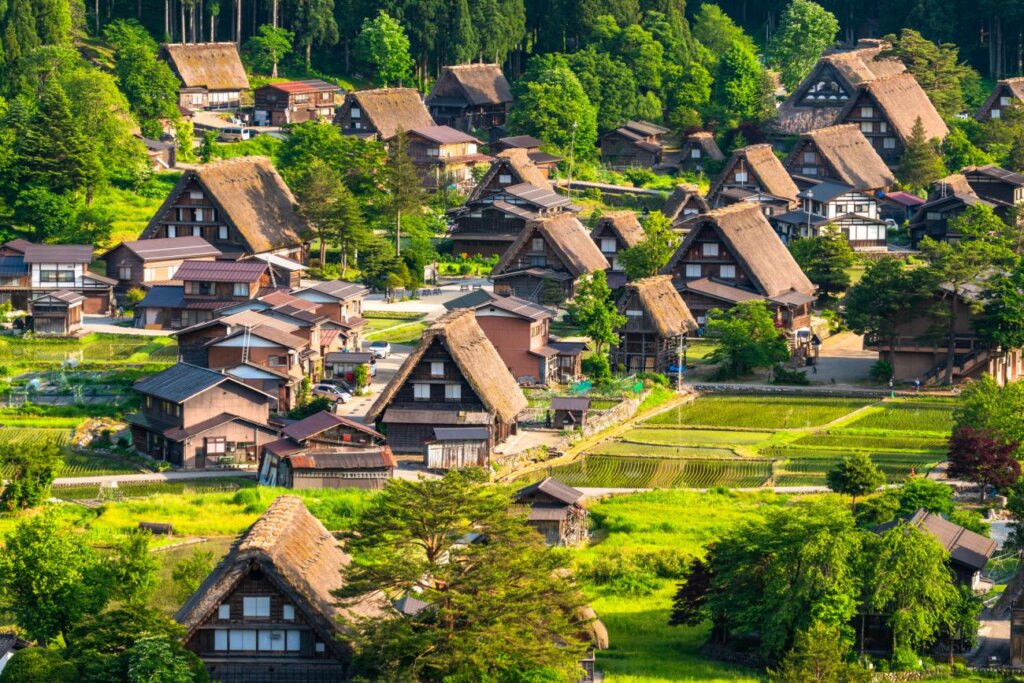
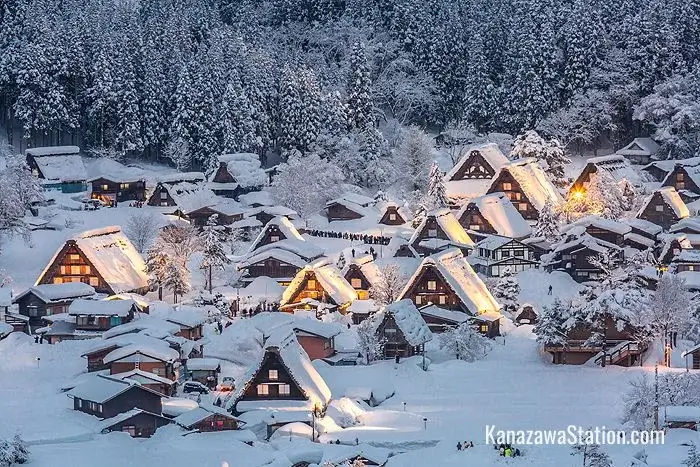

Next day we took a bus journey to Kamikochi.
Kamikōchi is a remote mountainous highland valley within the Hida Mountains range, in the western region of Nagano Prefecture, Japan. It has been preserved in its natural state within Chūbu-Sangaku National Park.
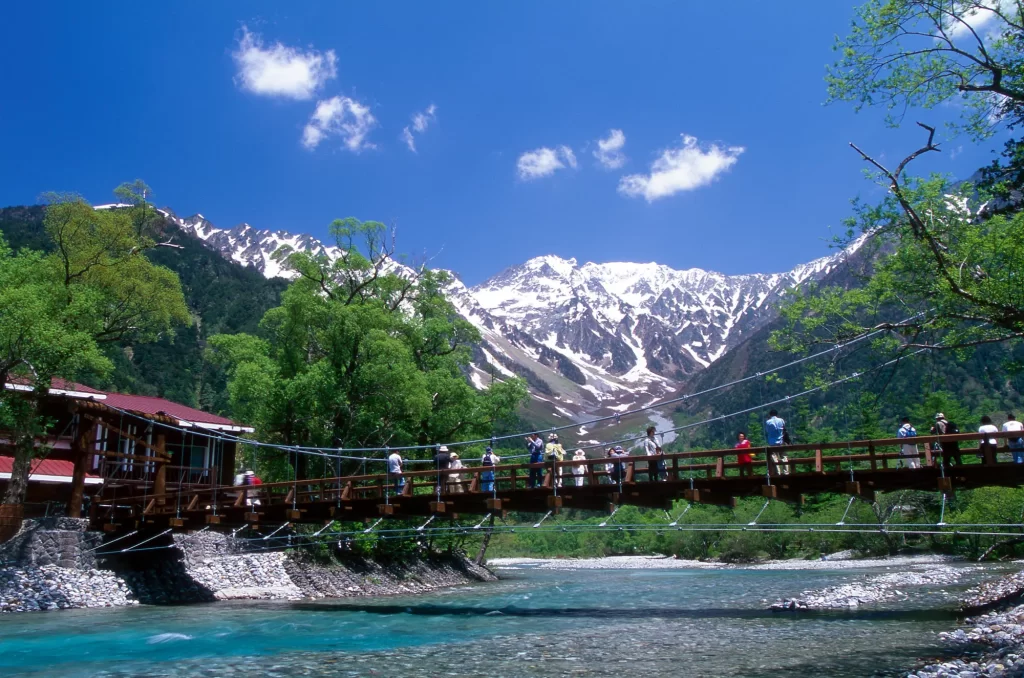
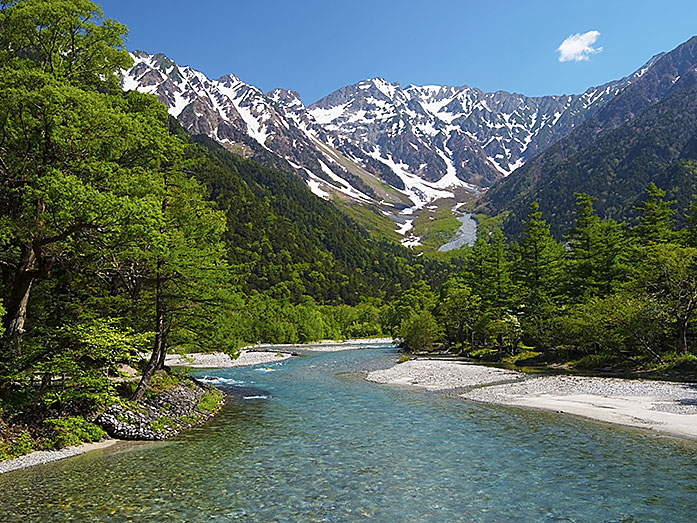
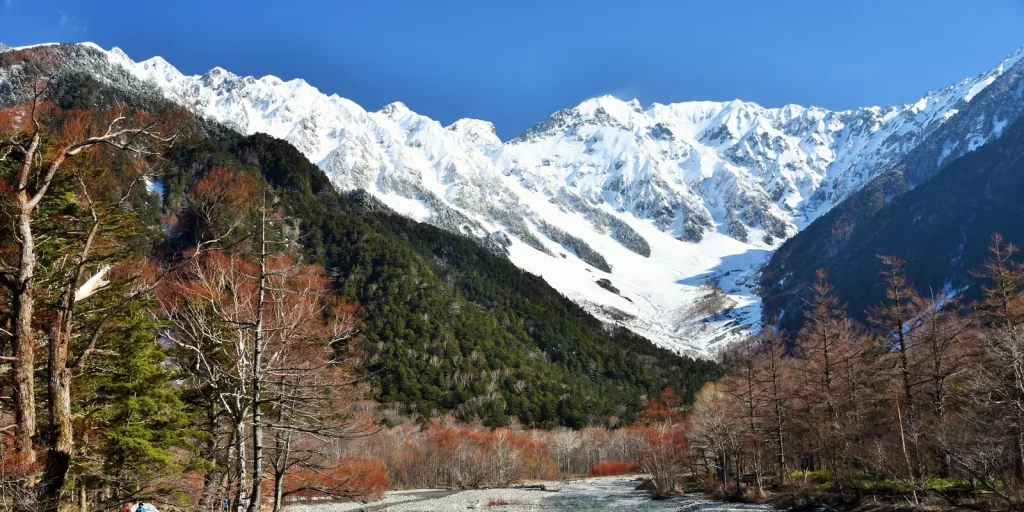
It has been preserved in its natural state within Chūbu-Sangaku National Park. It is designated as one of Japan’s National Cultural Assets, on the list
of Special Natural Monuments and Special Places of Scenic Beauty. It is sometimes referred to as the “Japanese Yosemite Valley,” although it is considerably smaller than its Californian counterpart.
